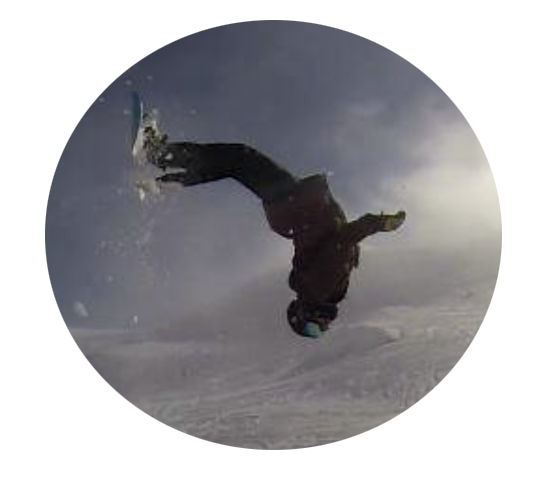
LESSON 1: AVALANCHE AWARENESS
Avalanches kill and injure many skiers and snowboarders every year. Anyone going off piste must understand off piste hazards and avalanches so we can avoid them.

AVALANCHE TERRAIN ANALYSIS
Arguably the most important skillset for off-piste skiers and snowboarders. In a world where weather conditions, snowpack and partners are fickle and constantly changing, terrain is your stable minded best friend. Learn how to read the terrain in order to understand how dangerous it is.
SIGN UP FOR FREE TUTORIAL
Receive your link to view via email

LESSON 2: OFF PISTE EQUIPMENT
The moment you cross the piste markers, you become exposed to a new list of hazards. Skiers & Snowboarders must carry essential off-piste equipment and know how to use it. This tutorial explains what you need, including a checklist to help you prepare.

LESSON 4: MOUNTAIN WEATHER
Forecasting snow, weather and avalanches in mountain environments is an imperative skillset for off-piste skiers and snowboarders. Not only does it help you to avoid dangerous scenarios, it also helps you to find better snow conditions
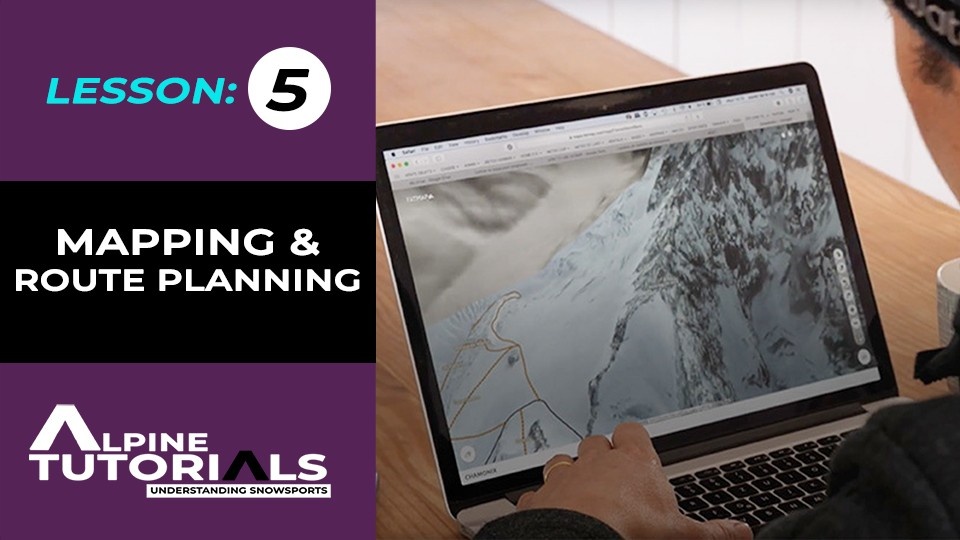
LESSON 5: MAPPING & ROUTE PLANNING
When it comes to off-piste skiing & snowboarding, your most important decisions are made before you even leave the house. This tutorial covers the ways you can study your routes to ensure that you are in the right place at the right time.

LESSON 6: HUMAN FACTORS IN OFF PISTE SAFETY
Human psychology causes us to make common mistakes. In Off-Piste environments, these can get you killed. Learn and remember these classic errors so you can make sure you don't fall into one of these psychological traps.

LESSON 7: REAL WORLD OBSERVATION
As well as forecasting and route planning, skiers and snowboarders must be able to read the real world, identify red flags in avalanche terrain and analyse the current conditions during the day. This tutorial lists the things to look out for and the tools which will help you to 'read' the real world in snowy environments.

LESSON 8: SAFE TRAVEL & GROUP MANAGEMENT
Learn the principals and safe travel procedures which allow you to limit your's and your group's exposure to off-piste hazards.
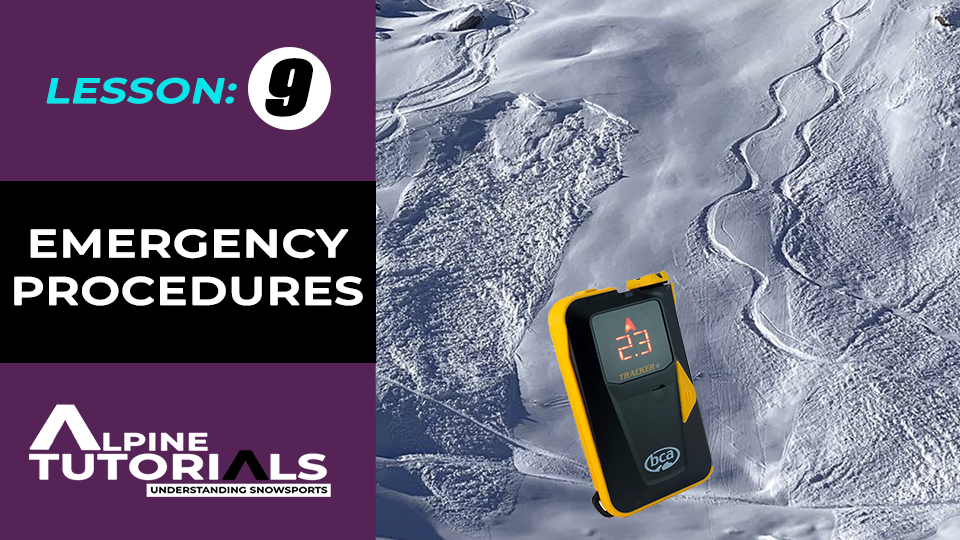
LESSON 9: EMERGENCY PROCEDURES
Learn the systematic strategies to implement in emergencies so you can be prepared if things go wrong. Your partner's lives may depend on it.

RESOURCE LIBRARY
Where course tutorials introduce and clarify essential themes, the education library curates relevant external resources - books, articles, videos and case studies to help you further your learning and understanding.
What are your season goals?
The Off-Piste Alpine Club is designed for skiers and snowboarders who wish to improve their off-piste safety and avalanche awareness skillset. Membership is designed to educate students over the course of the winter season, providing a fantastic and effective way to upskill in off-piste snowsport safety, creating safer and more successful skiers & snowboarders.

ONLINE COURSE
Off-Piste Safety Tutorial lessons for skiers & snowboarders. Quizzes to check your understanding. Certificate of Completion.

RESOURCE LIBRARY
Curated and organised library of the best & most relevant resources to further your learning around the essential themes

COACHING NEWSLETTER
Subscription to Off Piste Safety Newsletter with ongoing coaching as the season develops. New Tutorials and updates throughout winter.

PRIVATE COMMUNITY
Private Facebook group (not obligatory) with supportive community - for Q&A, partner finding, condition reports and knowledge sharing

COMPANION RESCUE TRAINING
Half price transceiver training sessions in Avoriaz (January & March)
WHAT'S IN THE COURSE?
The online course curriculum is designed to introduce & clarify the essential themes in off piste safety. Lessons are made up of tutorials & assessment quizzes with further learning resources organised in the education library. The concepts are designed to be absorbed over the course of the winter season, alongside ongoing coaching emails.

LESSON 4.1 THE AVALANCHE BULLETIN
For off piste skiers & snowboarders, the Avalanche Bulletin is the best deal in town. If you want to ski or snowboard off piste in powder snow, here are some of the important bits of information you need to know about before you go out into the mountains.
SEASON GOALS
FOR SKIERS & SNOWBOARDERS
The overall goal is to be safer off piste, but developing an off-piste safety skillset also helps us to have more fun, by making better choices and being in better places at better times.
Specific Learning Outcomes:
1) Increased Avalanche Awareness - To understand more about avalanches so you can avoid them. Where & when they occur & types of avalanches & their characteristics. How to read and understand the avalanche bulletin. Also awareness of other off piste hazards.
2) To know what Off Piste Equipment you need, how to use it and how to pack and prepare effectively.
3) To be able to Read Mountain Terrain and understand how dangerous it is. To have a better idea where and when to go during certain conditions as a result.
4) To have a better idea how to study potential off piste routes before you leave the house.
5) To have an improved understanding of Companion Rescue Strategies which you can practise and implement in the mountains
6) To know what to look for in Weather & Avalanche Forecasts relevant to Off Piste Snowsports.
7) To be able to use improved planning skills to be in the right places at the right times
8) To understand what safe travel protocols and group management tactics can help limit your off piste hazard exposure
FAQs
What is the structure of the Online Course?
What is the Resource Library?
What is the members community?
Does the course provide certification?
How long does it take?
Who are you to teach this subject?
Surely you can't learn off-piste safety online?
What if it doesn't work for me?
Is there a pre-requisite level?
Can't I learn this stuff on Youtube?
Who is it for?
CASE STUDY FILM - La Saison Blanche (26 min)
The benefits of embracing the theory side of off piste snowsports. A challenge to hike & ride 10 of the most beautiful mountain lines in the Chablais French Swiss Alps.
YOUR COACH: GEORGE TREBLE
- BSc (Hons) 1st Class: Geography & Forecasting, UoB 2012
- Level 4 ISTD Snowsport Instructor w/ European Mountain Safety 2018
- 15 Winter Seasons experience in the Alps, NZ, Japan & Norway
- Best Aerial Cinematographer @ European Cinematography Awards 2021
- French Carte Professionelle

OFF-PISTE PREPARATION & CHECKLISTS FOR YOUR FRIDGE/CAR WINDOW
To help you pack effectively and let friends & family know your plans (laminate + whiteboard marker)

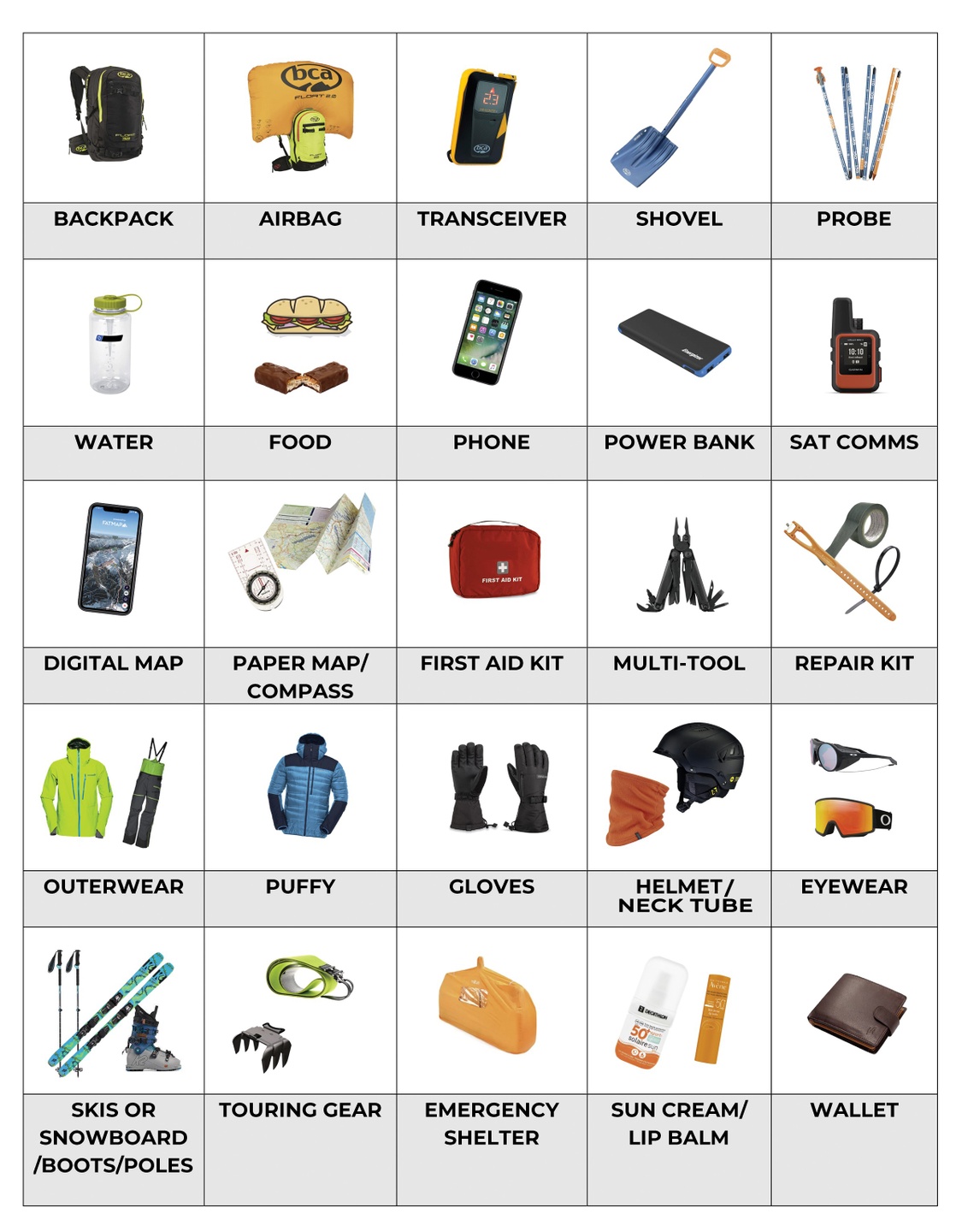
In hindsight, I was pretty lucky to survive my first couple of season in the Alps. Working as a rep for the Alpine Ski School I skiid off-piste pretty much every day. I suffered from over the top frothing and uncontrollable powder syndrome. I made all the common mistakes; hucking silly cliffs onto 38 degree wind-loaded slopes, racing for fresh tracks without checking the avalanche bulletin, going storm day backcountry skiing alone, assuming ‘expert’ partners knew everything so I didn’t need to think, following tracks when I didn’t know where I was going. The list goes on. The one thing on my side was I absolutely LOVED the backcountry, so this passion naturally drew me to start learning about snow sport mountain safety, but it should have happened sooner. Please don't make the mistakes I did.
When I started shadowing avalanche awareness sessions in 2013 from our ski school’s guides, I realised how much I didn’t know. Around the same time there was some very close-to-home off-piste fatalities of talented young skiers in my community, in my local stomping grounds. One from a cliff fall, one from a head injury and another when a skier collapsed through the snow into a stream bed terrain trap. It was a brutal wake up call.

The world of avalanches seemed confusing & fickle and I felt utterly overwhelmed by it all. I certainly spent a lot more time on piste during those winter seasons. But as a bit of a geography geek, I found the subject to be fascinating and compelling, and I learned gradually and steadily, from as many different resources as I could.
Alongside mountain safety training and assessment courses, I learned a lot from consistent mountain experience. There’s no substitute for training courses with avalanche professionals and experienced guides, but it takes time to put what you learn from those courses into effect. Doing back to back seasons, I averaged over 100 off-piste days per year in multiple different regions of the world. I read forecasts and avalanche bulletins religiously and compared their predictions with real world conditions. From working with freeride athletes in New Zealand to guiding ski touring groups in Arctic Norway. From managing split boarding groups in the Japanese Backcountry during 18m snow seasons, to skimo athletes in the steep, lean and windy Scottish wilderness. I witnessed large groups being avalanche from across the valley. I learnt a lot of lessons and clarified my understanding over time.



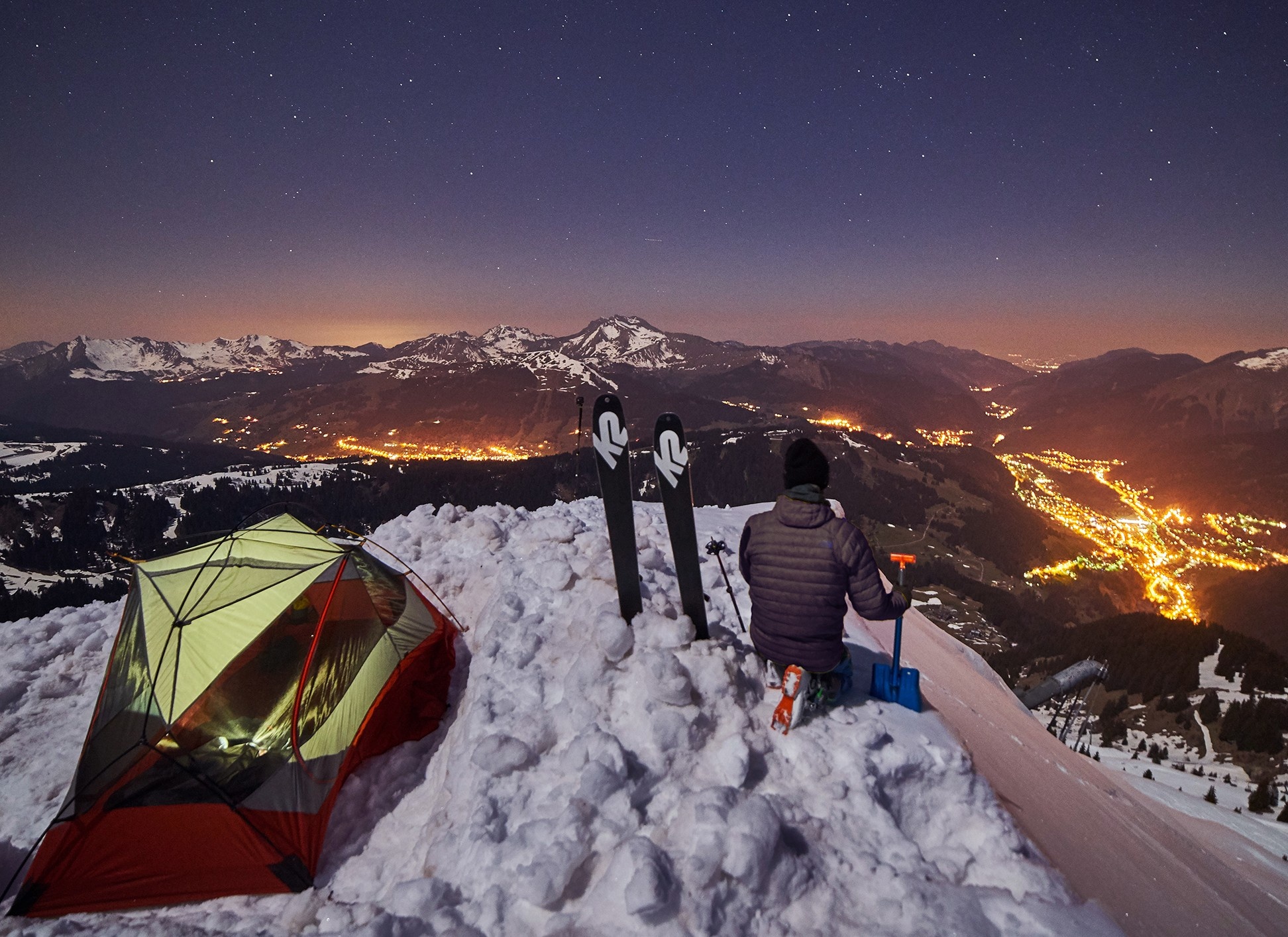
I am constantly learning more. Every autumn I read and re-read avalanche books, study manuals, watch tutorials and analyse case studies. Of course, there is no substitute to real world on snow training courses, but there is a lot of homework and research you can do to learn from before your time on snow. And whilst there is a lot of information out there, I have found it to be pretty disorganised. That is my motivation behind the Off-Piste Alpine Club. To clarify this immense, fascinating and imperative topic. To educate skiers and snowboarders and to help them to be safer and more successful in the backcountry. You can’t do it all in one go, from taking one course. Ideally, mountain safety and avalanche awareness should be studied over the course of a long and enjoyable life in the mountains. But having this club membership over an entire winter season is a great way to get started or to refresh your existing knowledge. The stakes are high, but the rewards are awesome.

Dan Williams
"The off-piste training we did with George was one of the best investments I have made in my skiing"
We’ve all heard that when going off piste you need the right equipment. And it’s not just about having the equipment, it’s about knowing how to use it. Put it this way, unless you train with your transceiver regularly, the chances are that you wouldn’t be able to locate and rescue a buried companion before they died.
But I would argue that effective off-piste safety training isn’t so much about knowing how to use your emergency equipment as it is about knowing how to never have to use it. Transceivers, shovels and probes are like wearing a seatbelt whilst driving a car. They can help in an accident. But you’re better off focusing on not crashing your car than you are focusing on how to use your seatbelt in a car crash.
Don’t get me wrong – emergency procedure training is an essential part of the puzzle. But skiers and snowboarders must study essential themes in off-piste safety that will help them to avoid accidents and emergencies in the first place. I’m talking about avalanche awareness, terrain analysis, forecasting, route planning, group management, ‘human factor traps’ and real world observation skillsets.

For many learners, things can quickly start to feel overwhelming. There’s lots of fickle moving parts. The stakes are high. The time of your life vs the end of your life. Mountain safety and avalanche awareness classes can be irregular and expensive. They may also just teach you how much you don’t know, leaving you feeling more confused and less confident than before.
In the US and Canada, the American Avalanche Association (AAA or A3) provides curriculum guidelines to standardise and certify and avalanche education. Here in Europe, things are a less consistent, perhaps in part due to language barriers between alpine nations.
At my ski school in Avoriaz, we have been offering off piste safety and avalanche awareness classes for the past 5 winter seasons. Rather than confusing learners with unnecessary complexities, our focus has been on making the essential themes understandable to skiers and snowboarders and making the education accessible. We have taken questions and feedback and undergone multiple rounds of curriculum refinements. We have compared AAA guidelines with our own findings and experiences. We have cross referenced them with the teachings of leading avalanche author Bruce Tremper as well as the manuals and resources of equipment manufacturer Backcountry Access.
Over the past 12 months, I have now condensed the essential information and presented it in an organised online course made up of engaging tutorial videos. The online course clarifies the essential themes in off piste safety in an easy to understand, remember and refer back to format. It is far from exhaustive and further educational resources are listed and linked in the educational library. Of course you cannot learn everything at once online and there is no substitute for real world, on snow learning. That is why I have set the course up as a membership club over a full winter season. Students will receive newsletters analysing the developing snowpack and offering local knowledge insights of the Chablais Backcountry. A private member community with Q&As will provide friendly, helpful and useful information (as well as partners and condition updates for those in the Portes du Soleil area).
The intended result is for learners to have significantly improved by the end of the winter. To have increased knowledge, understanding and real world skillsets allowing you to ski and snowboard off piste more safely, responsibly and successfully.
JOIN THE CLUB
